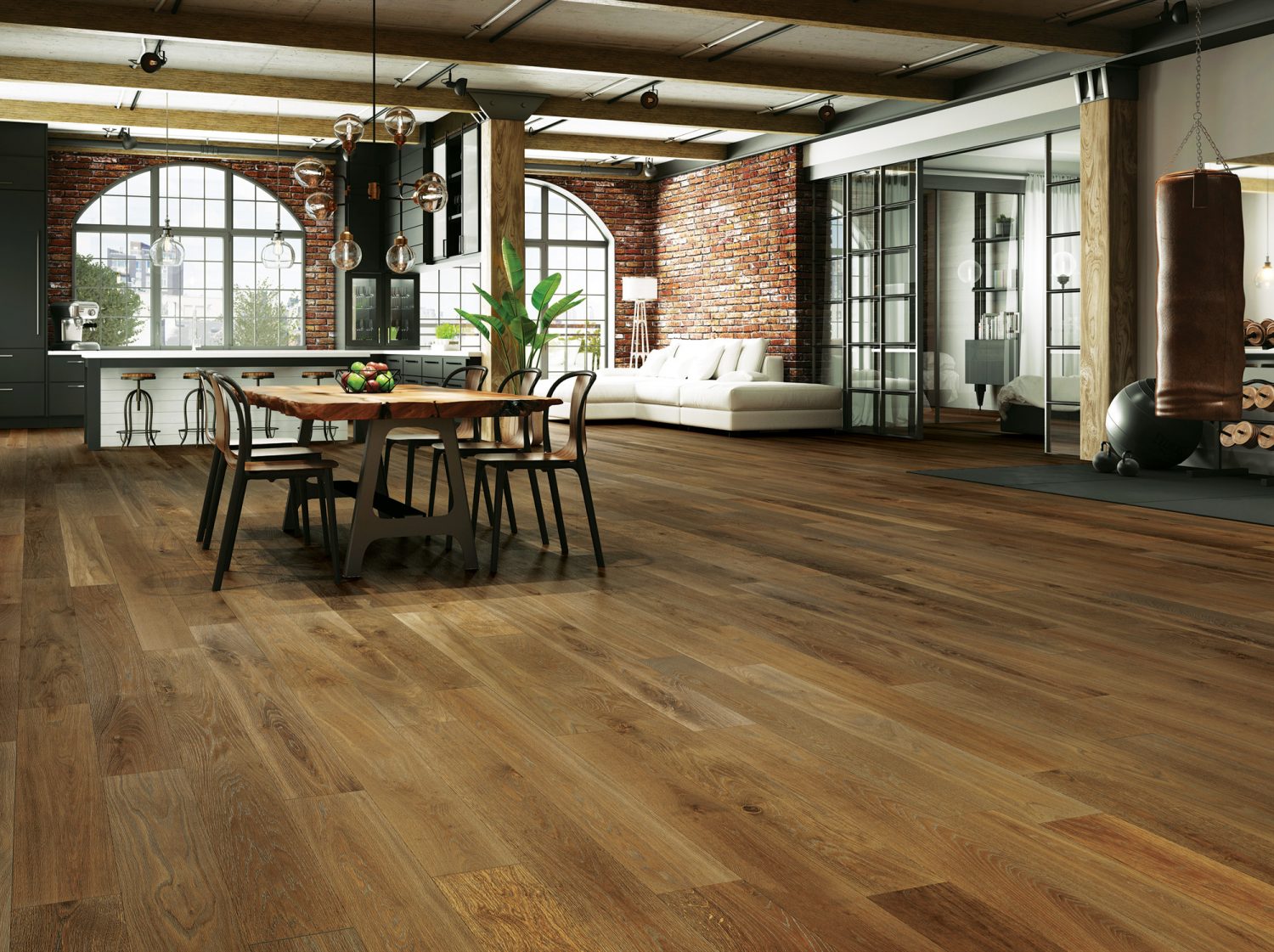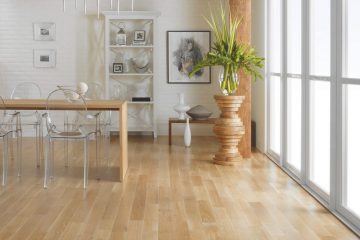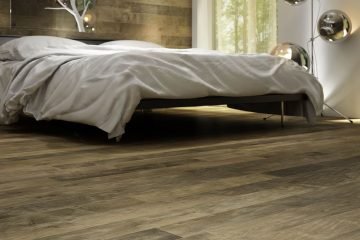It’s easy to get confused between solid hardwood and engineered hardwood. Although similar in terms of surface visuals, the composition of these two floor coverings differs from one another. We offer you, therefore, this little guide to clarify you on the subject.
Composition of solid hardwood floors
Hardwood, also known as solid hardwood and solid hardwood, is made from a single piece of wood cut from a log. The latter can be described by its specie, texture, finish, character and grade. On this layer is installed an upper wear layer. Its purpose is to protect the color, pattern and appearance of hardwood. This finish also affects the texture.

Composition of engineered wood floors
Engineered hardwood, on the other hand, consists of several layers. The first is the top layer of solid hardwood. It is therefore visually comparable and can be described in the same way as the latter, namely by essence, texture, finish, character and grade. The center, the heart, is a superimposition of several superimposed layers of plywood whose grains intersect. There are 5 to 7 depending on the model. For some more economical products, a core of high density wood fibers (HDF) or slats with the directions of inverted wood fibers are used. These assemblies allow better structural stability by reducing the dimensional variations of the wooden planks.

Where to install solid hardwood floors
Since solid hardwood is more sensitive to changes in temperature and humidity, it is recommended to install it on the first as well as on the second floor. The basement, on the other hand, is not recommended. In addition, rooms where there is potential water damage, such as the kitchen, bathroom and laundry room, are contraindicated or many precautions should be taken.
Where to install engineered hardwood floors
Engineered hardwood, on the other hand, has better structural stability due to the composition of its core. The latter can therefore be installed on all floors as well as wall cladding. It is also possible to lay it directly on the concrete slab with or without soundproofing membrane and over a heated floor under certain conditions.
Benefits of solid hardwood floors
- This floor covering is durable due to its thickness. It can be sanded multiple times to refurbish it.
- This type of flooring is resistant to scratches and everyday impacts.
- Hardwood floors do not trap dust, animal hair, pollen or any other allergen.
- Installing solid wood floors adds value to the property.
- No matter what changes are made to the decor, solid hardwood always fits.
Benefits of engineered hardwood floors
- Engineered wood floors offer better resistance to humidity changes than hardwood floors. This means less expansion and contraction which results in fewer cracks.
- This floor is resistant to daily damage.
- Engineered wood floors do not trap dust, pet hair, pollen or any other allergen



